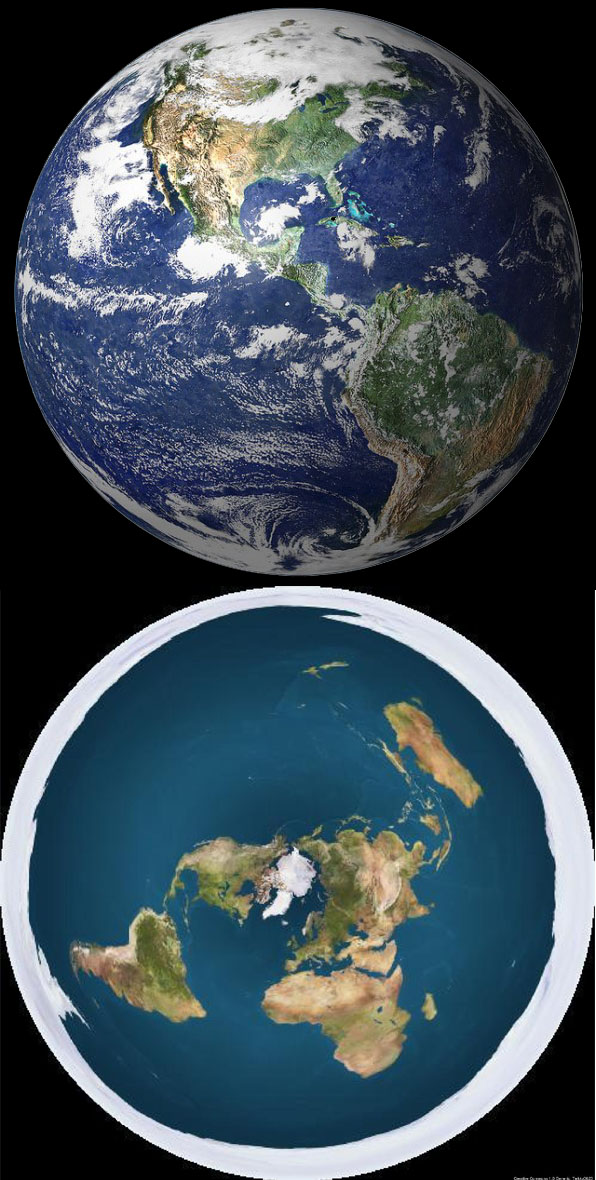

This produces an exaggerated visualization of our planet’s gravitational high and low spots called the global geoid. Local gravity measurements taken by ground-based sensors and satellites can be combined to show what the ocean’s surface would look like from those varying gravitational tugs alone, stripping out other influences such as winds and tides. Additionally, different regions exert a different gravitational pull depending on the mass of Earth’s crust, mantle and core beneath them. But in reality, Earth is flatter than a true sphere around both the North and South Poles, and it bulges out near the equator. In an ideal universe, Earth would be a perfect sphere, and its gravity would be exactly the same at every point on its surface. And a new study may have finally revealed its origins: it appears to be caused by plumes of molten rock rising from deep beneath Africa at the edges of the sinking remnants of an ancient ocean bed. Instead it’s a term geologists use to describe a spot where Earth’s gravity is lower than average.

There’s a massive “hole” in the Indian Ocean, researchers say-but it’s not the kind that could drain away all that water.


 0 kommentar(er)
0 kommentar(er)
